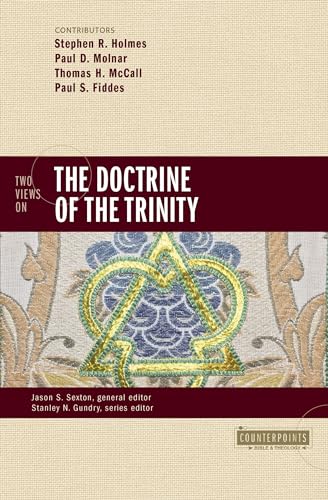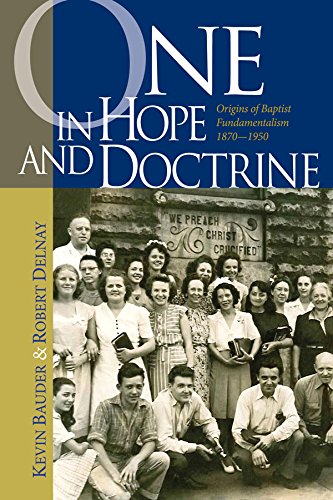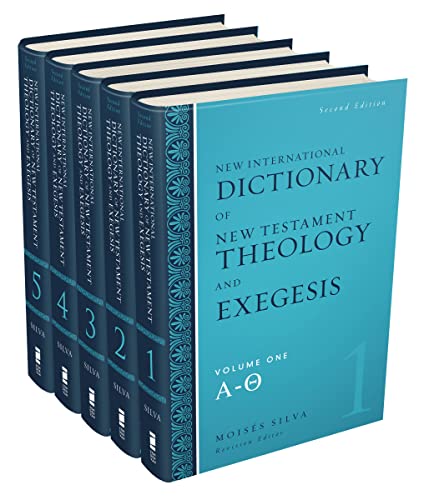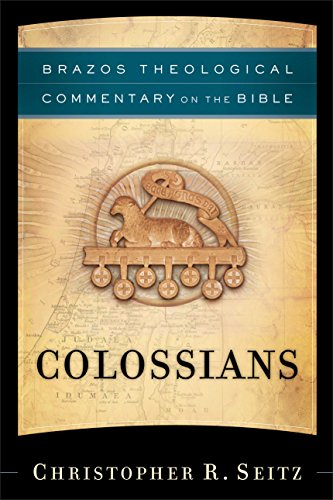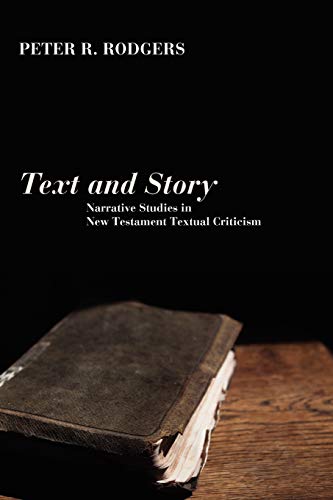Unity in Diversity: English Puritans and the Puritan Reformation, 1603–1689
Written by Randall J. Pederson Reviewed By Richard SnoddyFor decades scholars have argued about how to define “Puritanism.” The challenges are such that some have given up using the term altogether. Others deconstruct the phenomenon into rival Puritanisms. Against this fragmentation in the recent literature, Randall Pederson foregrounds a collective identity within the diversity of Puritanism and argues that historians should use the term with greater confidence and less equivocation. This book, the fruit of Pederson’s doctoral research at Leiden University, takes an inductive approach, working from individuals who would generally be regarded as Puritans, to discover unity within their diversity and thus draw conclusions about the nature of Puritanism itself. In this there are similarities to the methodology applied to an earlier period by Peter Lake in Moderate Puritans and the Elizabethan Church (Cambridge: Cambridge University Press, 1982).
Pederson identifies four significant trajectories within Puritanism: the precisianist, the mystical, the antinomian, and the neonomian. After introducing their seventeenth-century context, Pederson spends the greater part of the book studying representatives of the first three strains: (1) John Downame, whose Christian Warfare (1604–1618) was a classic precisianist combat manual, rallying the godly in the fight against sin, the world, and the devil; (2) Francis Rous, a respected Member of Parliament, lay member of the Westminster Assembly, and an author of works of piety infused with bridal mysticism; and finally (3) Tobias Crisp, a highly-educated pastor who, in his reaction against the precisianist approach, arising out of pastoral concerns about assurance, articulated views on justification before faith and the roles of the law and the evidence of good works in the Christian life which placed him at the more respectable end of the antinomian spectrum. Pederson introduces the life and career of each, surveys their writings and their particular emphases, and then reviews their theology under six headings in order to make comparisons further on in the book as he builds towards his conclusion. The categories employed are: God and humanity, predestination and assurance, covenant of works and grace, justification and sanctification, law and gospel, and Christian life and piety.
In comparing his three chosen subjects, Pederson finds that, despite their differing emphases, there is a remarkable amount of consensus on fundamental aspects of faith and practice. A single defining feature, the presence or absence of which determines whether or not the label “Puritan” should be applied, cannot be isolated. Instead one finds an “ethos,” a broad range of shared doctrinal commitments with a degree of “confessional plasticity” (p. 315), a living piety, and a commitment to the further reformation of church and society. Pederson finds Ludwig Wittgenstein’s concept of Familienähnlichkeit helpful here, the idea of a “family resemblance” in similar and overlapping concepts, even if one defining feature cannot be identified. Seen from this perspective “Puritan” and “Puritanism” are not empty ciphers but are laden with “rich and vibrant connotations” (p. 314).
Pederson acknowledges the need for further work on more radical thinkers like John Goodwin, John Eaton, and John Milton. How would they fare within his paradigm? Pederson clearly believes that there is sufficient elasticity in the term “Puritan” to apply it to a defender of divine-right episcopacy like Joseph Hall, or a quasi-Arian like John Milton in some qualified sense, or at least to “phases” of their careers (p. 303). Radicals, argues Pederson, represent intensifications of tendencies inherent within Puritanism, and thus even when they strayed over confessional boundaries, they stand in an intimate relationship to the mainstream tradition. Puritanism is clear at the centre and fuzzy at the edges.
This book has some clear strengths. It provides a useful discussion of some of the historiographical challenges that Puritanism presents and its up-to-date bibliography will be useful to those venturing into this field. It also offers a constructive proposal as a means of moving forward in the debate. There are, however, also certain weaknesses. It seems strange that, freed from the word limit of a doctoral dissertation, Pederson has not included a representative of the fourth strain, neonomianism, which could have made his overall case stronger as well as giving the book a more rounded feel, though the level of consensus on the nature of justification may have not been so great had a Richard Baxter been thrown into the mix. It is also disappointing that, having introduced a new concept to the debate, Pederson does not expand on his brief description of Wittgenstein’s Familienähnlichkeit and only one solitary supporting reference is given. More could have been said here, and it would have been especially helpful if mention had been made of any other fields of historical analysis in which the paradigm had been used fruitfully in handling problems of definitional clarity. There are obvious factual inaccuracies, such as Latimer and Ridley being burned at Smithfield (p. 49), and Richard Montagu already sitting on the episcopal bench when he published A New Gagg in 1624 (p. 166). There are some infelicitous expressions, such as the description of Pederson’s three subjects as “members of Stuart Puritanism” (p. 275), which has connotations of a level of unity going well beyond that for which the author argues. There are, furthermore, a frustrating number of typographical and other errors. These criticisms aside, the book is a worthwhile contribution to the literature and would repay careful study by any student of seventeenth-century Puritanism.
Richard Snoddy
Richard Snoddy
London School of Theology
London, England, UK
Other Articles in this Issue
The account of Abraham's near-sacrifice of Isaac has been and will likely continue to be violently applied so long as the dominant misunderstanding of the text prevails...
In recent years, a growing cadre of younger historians has begun publishing significant books on the history of American evangelicalism...
Romans 4 remains a central text in the debate over the New Perspective on Paul...
Within the intra-Reformed debate over baptism, covenant theology is a crucial aspect in determining one's position...
‘Fathers of Faith, My Fathers Now!’: On Abraham, Covenant, and the Theology of Paedobaptism
by David GibsonThe figure of Abraham creates a covenantal framework for biblical theology that allows baptism to be considered in relation to the Bible's developing story line...



